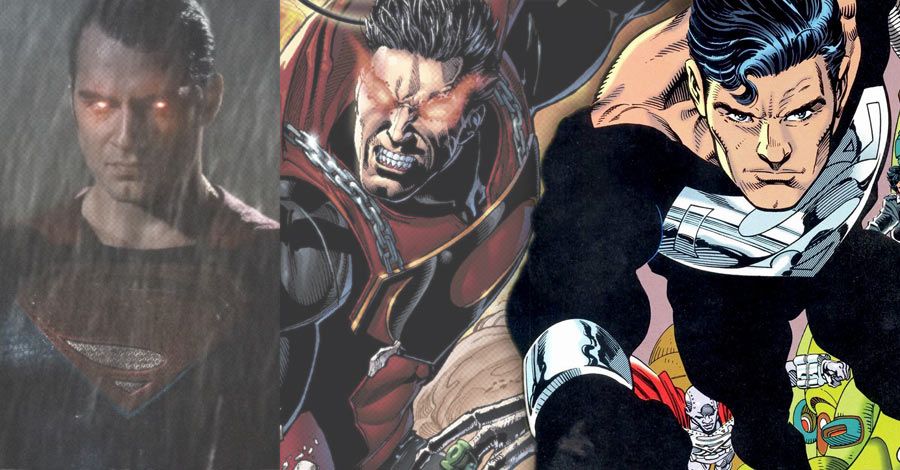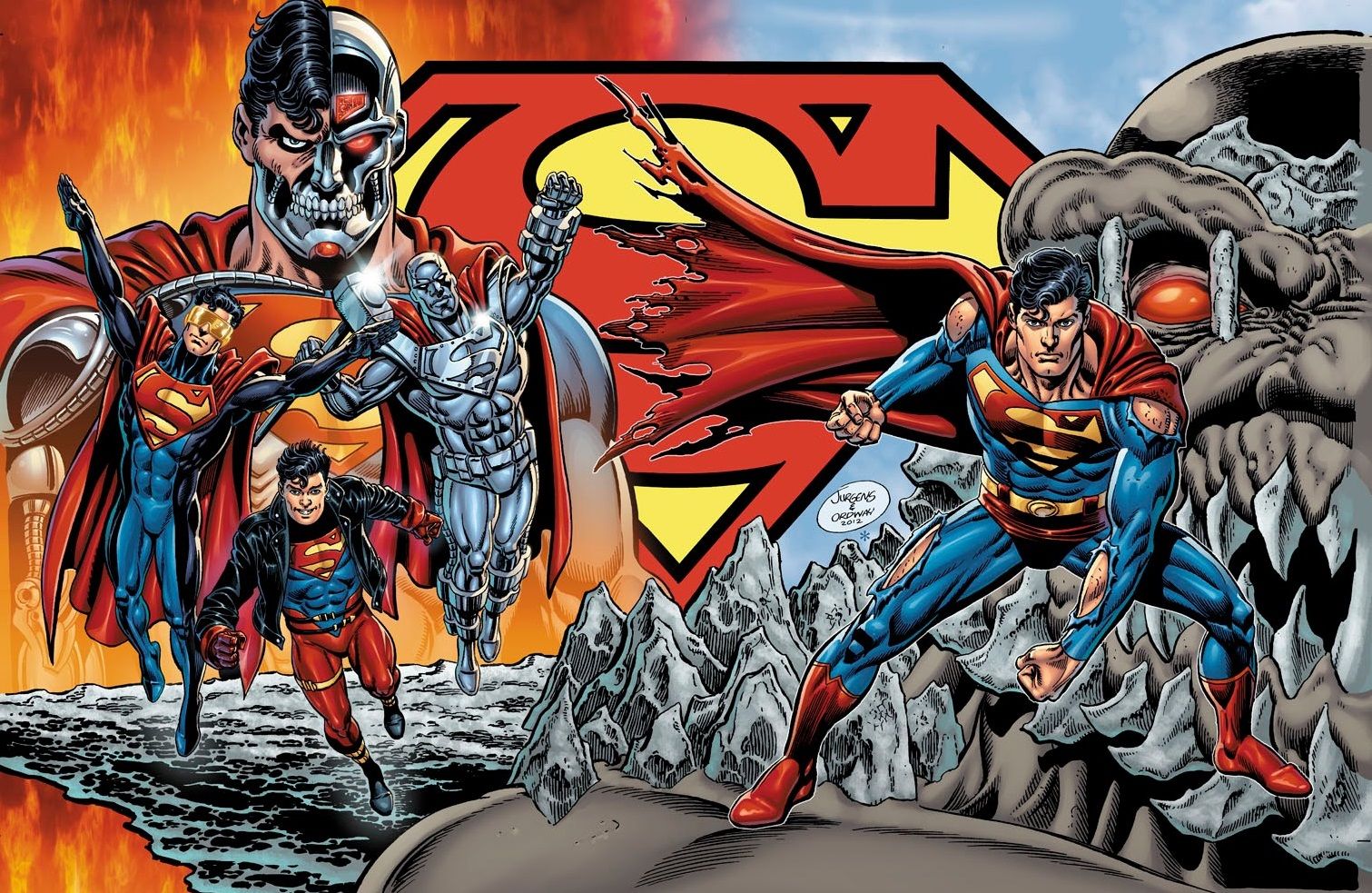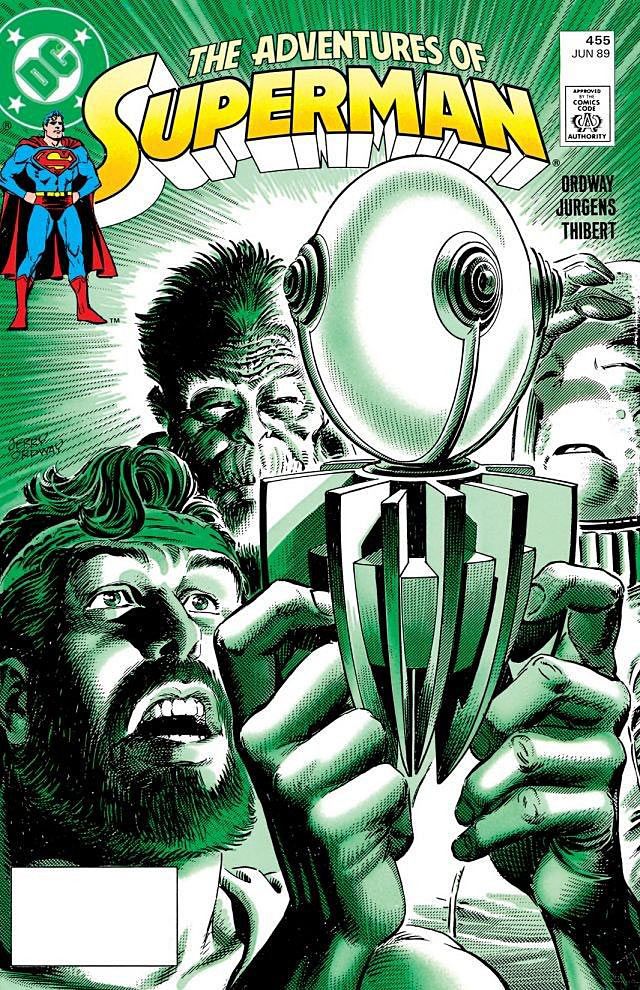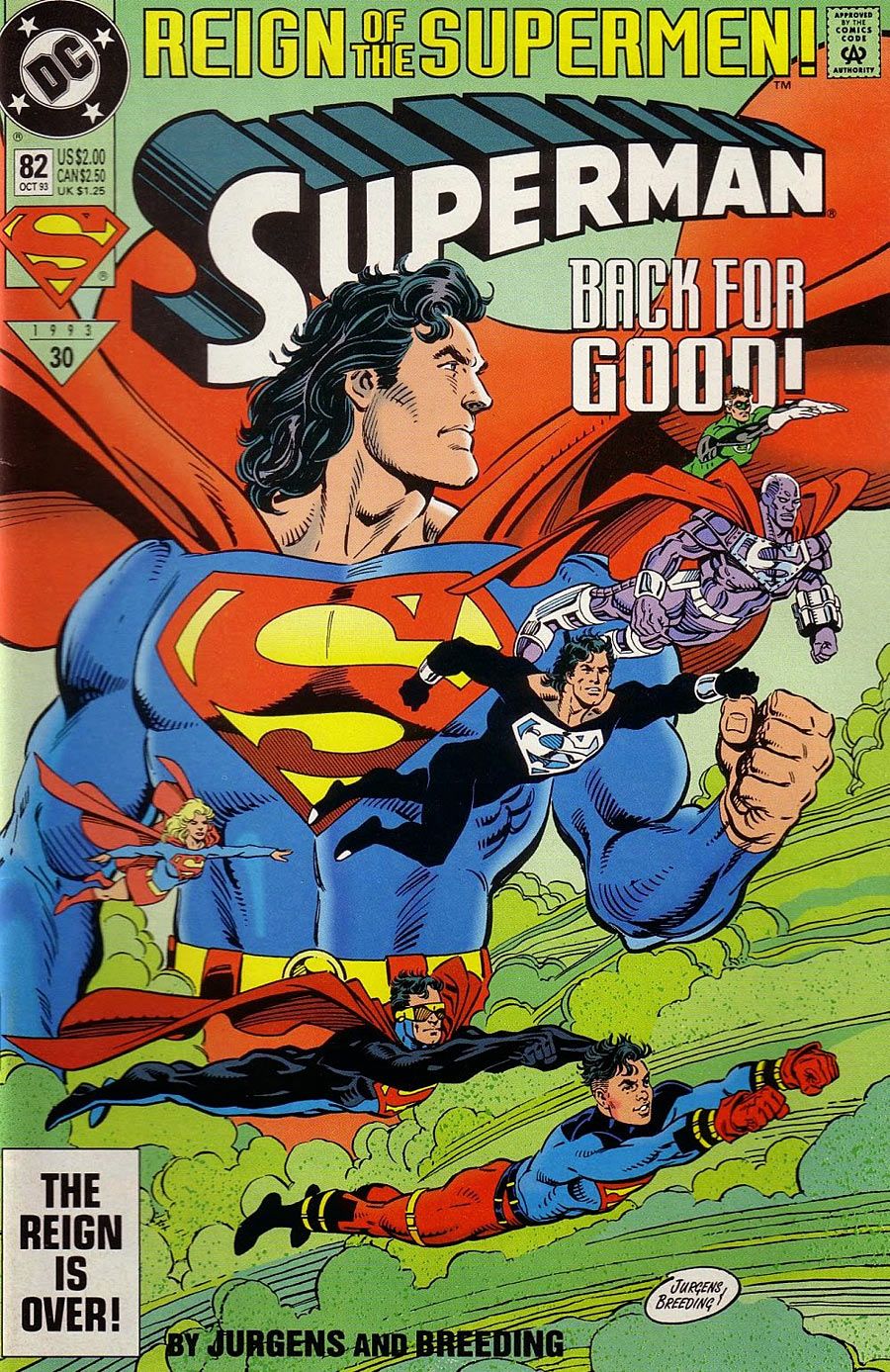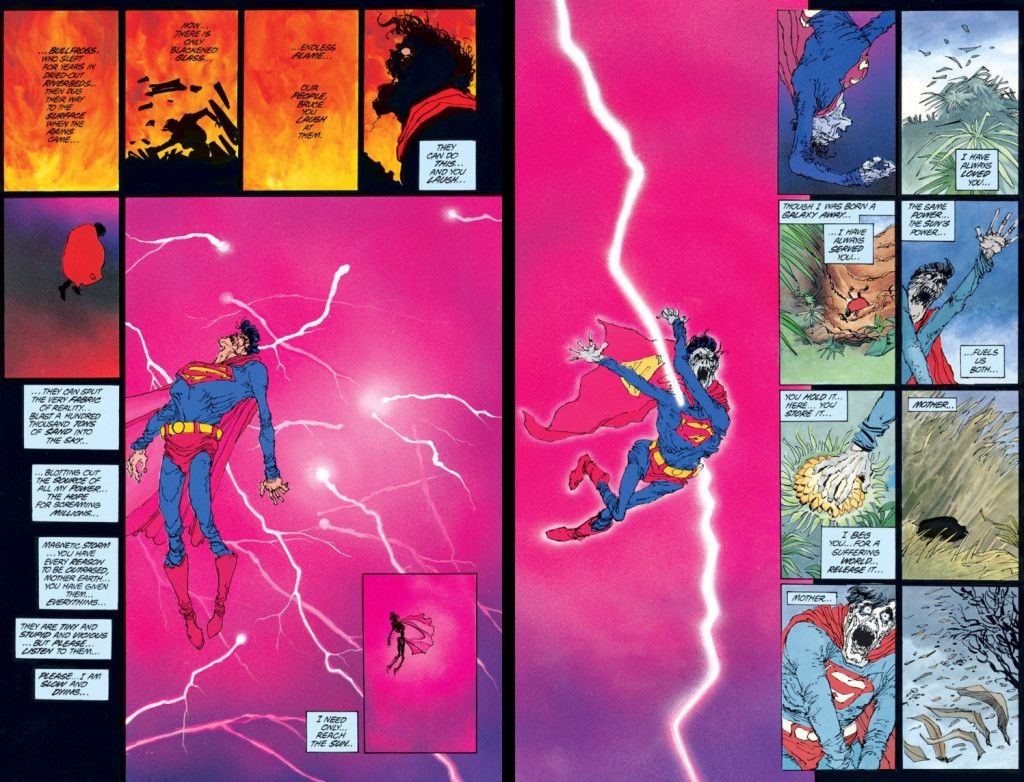If the title didn't make it clear, this story will spoil the ending of a three-month-old movie which will be on home video in a few weeks. Anyone who still wants a pristine experience of seeing "Batman v Superman: Dawn of Justice" should bail out now.
For the rest of us, not only does the ending of "BvS" foreshadow the inevitable revival of a certain Metropolis Marvel, the advance publicity for the sequel practically guarantees it. Yes, Henry Cavill will be back as Superman in "Justice League," and today's task is to figure out how.
First, though, let's look at the movies' main inspiration.
WHAT'S ON PAPER
"The Death of Superman" delivered just what the title promised: six issues of carnage, as the mysterious monster Doomsday tore a path of destruction across the country (and through half of the Justice League) before being stopped by a battered Superman's last bit of strength. It was the four-color event of the fall of 1992, and it would take the better part of a year to resolve.
That wasn't just marketing at work, but a need to justify such an extraordinary event. Although Doomsday itself was designed to come out of nowhere, the means for bringing Superman back to life involved some well-established elements from the current lore.
Chief among those was the Eradicator, an ancient Kryptonian artifact and all-around plot facilitator which left Krypton long before the planet exploded, in the hands of a wandering clergyman simply called "The Cleric." A lost-in-space Superman met the Cleric in the 1988-89 "Superman in Exile" storyline, and used the Eradicator to restore his weakened powers (and also repair his costume). Supes then brought the Eradicator back to Earth, where it built a Fortress of Solitude in the Antarctic.
THE MOVIES' FIRST PASSES
In the late '90s moviegoers came very close to seeing "The Death Of Superman" translated (however loosely) to the big screen. While screenwriters Kevin Smith, Wesley Strick and Dan Gilroy each streamlined the comics' storyline in their own distinct ways, each brought Superman back using some element of Kryptonian technology. Gilroy's might have been the most intriguing: a sort of artificially-intelligent nurturer called "K" which comforted baby Kal-El in the form of a teddy bear (aww!), and adapted appropriately as he grew to adulthood. The device not only revived Superman, but became a battlesuit -- one would hope an adorable battlesuit -- mimicking his powers until they returned in full.
Eventually, though, Warner Bros. shut down "Superman Lives." Following a failed attempt at "Batman vs. Superman," the studio's next solo-Supes project also involved his death. In "Superman: Flyby," he returned through more prosaic means, involving Jor-El giving up his life-force when they were both in the Kryptonian netherworld, or something similar. It was more akin to Kryptonian mysticism than the operation of an omnipotent machine.
When Warners ultimately did make a Superman movie, it didn't kill the headliner, it just put him in the hospital after making him lift a Kryptonite-infused island into space. Since "Superman Returns" was more about how much the people of Earth really cared about the guy, the movie didn't dwell on how he got better -- he just did. I suppose that makes a certain amount of narrative sense, given that all Supes had to do was shake off enough Kryptonite poisoning to put him in a coma; but even the ending's fairy-tale qualities might have been a little too cute.
THE POSSIBILITIES
The comics bent over backward putting together a plausible revival process, which "Superman Lives" tried to streamline. "Superman: Flyby" spent even less time on getting him better, and in "Superman Returns" he just did. This helps us set some parameters for how simple or complex "Justice League" could make things, but they boil down to two possibilities: a) he just gets better, or b) he gets better with help. Two more possibilities are less likely: c) his revival has a bad outcome; and d) he never really died in the first place.
THE ODDS
Personally, I think option B is the most likely for "Justice League." The movie can't afford to spend a lot of time on the mechanics of Superman's revival, because it will need to introduce audiences to three more Leaguers. Besides, not only does a reluctant Superman fit perfectly with the other movies' conception of the character, but it gives the Leaguers -- particularly Batman -- a chance to tell him how much he means to everyone, even grumpy old Bruce Wayne. If "Justice League" plays its bromance cards right, it can even have audiences hyped over this big reconciliation a good six months before the inevitable Captain America/Iron Man makeup session in "Avengers: Infinity War."
Nevertheless, "Justice League" shouldn't treat Superman's return as a given, or just count on audiences simply to accept it. "Star Trek III" discussed Spock's katra and showed us the fal-tor-pan ceremony, and "Agents of S.H.I.E.L.D." sent Coulson to a magical place. As another "Trek" film noted, how we deal with death is at least as important as how we deal with life. It may be one more item on "Justice League's" to-do list, and it might be an easy fix, but it needs to be a significant one.
How do you think Superman will make his big screen return? Let us know on the CBR Community!

